Installing Windows 10: A Comprehensive Guide to Downloading, Creating Bootable Media, and Performing a Clean Installation
Related Articles: Installing Windows 10: A Comprehensive Guide to Downloading, Creating Bootable Media, and Performing a Clean Installation
Introduction
In this auspicious occasion, we are delighted to delve into the intriguing topic related to Installing Windows 10: A Comprehensive Guide to Downloading, Creating Bootable Media, and Performing a Clean Installation. Let’s weave interesting information and offer fresh perspectives to the readers.
Table of Content
- 1 Related Articles: Installing Windows 10: A Comprehensive Guide to Downloading, Creating Bootable Media, and Performing a Clean Installation
- 2 Introduction
- 3 Installing Windows 10: A Comprehensive Guide to Downloading, Creating Bootable Media, and Performing a Clean Installation
- 4 Closure
Installing Windows 10: A Comprehensive Guide to Downloading, Creating Bootable Media, and Performing a Clean Installation
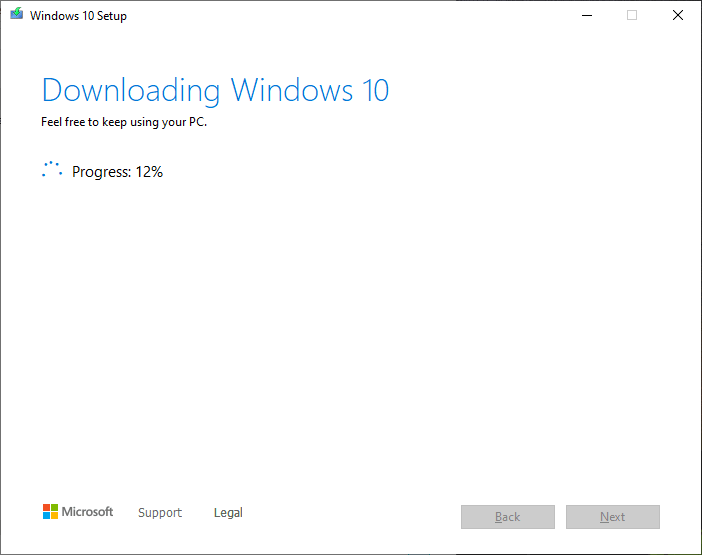
Windows 10, the latest iteration of Microsoft’s flagship operating system, offers a wealth of features and functionalities. Whether you’re upgrading an older computer or building a new one, installing Windows 10 from a bootable USB drive provides a clean and efficient method to set up your system. This comprehensive guide will delve into the intricacies of downloading the Windows 10 ISO image, creating a bootable USB drive, and performing a clean installation.
Understanding the Importance of a Clean Installation
A clean installation of Windows 10 involves formatting the hard drive and installing the operating system from scratch. This approach eliminates any pre-existing files, programs, and settings, ensuring a fresh and optimized system. This is particularly beneficial in several scenarios:
- Troubleshooting issues: A clean installation can resolve persistent errors or conflicts that may arise from outdated drivers, corrupted files, or malware infections.
- Upgrading from an older version: Transitioning from Windows 7 or 8 to Windows 10 often leads to compatibility issues. A clean installation ensures a smooth upgrade process.
- Optimizing performance: A fresh installation removes unnecessary files and programs, leading to improved system performance and faster boot times.
- Securing your system: A clean installation eliminates potential security vulnerabilities associated with old software and settings.
Downloading the Windows 10 ISO Image
The first step is to obtain the Windows 10 ISO image, a file containing the operating system’s installation files. Microsoft provides a dedicated tool for downloading the ISO image:
Creating a Bootable USB Drive
Once the ISO image is downloaded, you’ll need to create a bootable USB drive. This involves transferring the ISO image onto a USB drive and making it bootable. There are several methods available:
Method 1: Using the Windows Media Creation Tool
Microsoft provides the Windows Media Creation Tool, a user-friendly utility for creating bootable USB drives.
Method 2: Using Rufus
Rufus is a free and open-source tool designed for creating bootable USB drives.
Performing a Clean Installation of Windows 10
Once the bootable USB drive is ready, you can proceed with the clean installation of Windows 10.
FAQs Regarding Windows 10 Installation
Q: What is the difference between a clean and upgrade installation?
A: A clean installation involves formatting the hard drive and installing Windows 10 from scratch, whereas an upgrade installation retains existing files and settings while updating to the latest version.
Q: Can I install Windows 10 on a computer with an older operating system?
A: Yes, you can install Windows 10 on a computer running Windows 7 or 8, provided it meets the minimum system requirements.
Q: What are the minimum system requirements for Windows 10?
A: Windows 10 requires a 1 GHz processor, 1 GB RAM for 32-bit or 2 GB RAM for 64-bit, 16 GB free hard drive space, and a DirectX 9 graphics card with WDDM 1.0 driver.
Q: Can I use the same USB drive for multiple installations?
A: Yes, you can use the same USB drive to install Windows 10 on multiple computers. However, it’s recommended to create a new bootable USB drive for each installation to avoid potential compatibility issues.
Q: What happens to my data during a clean installation?
A: All data on the hard drive you choose to install Windows 10 on will be erased during the formatting process. It’s essential to back up your data before proceeding with a clean installation.
Tips for a Smooth Windows 10 Installation
- Back up your data: Before performing a clean installation, ensure you have a backup of all your important files, documents, and settings.
- Check system requirements: Verify that your computer meets the minimum system requirements for Windows 10.
- Disable antivirus software: Temporarily disable your antivirus software to avoid potential conflicts during the installation process.
- Disconnect unnecessary devices: Disconnect any peripherals that are not essential for the installation, such as printers, scanners, or external hard drives.
- Use a dedicated USB drive: Use a dedicated USB drive for creating the bootable media to avoid potential data loss or corruption.
- Download the latest drivers: After installing Windows 10, download and install the latest drivers for your hardware components.
Conclusion
Installing Windows 10 from a bootable USB drive offers a clean and efficient way to set up a new system or upgrade an existing one. By following this comprehensive guide, you can navigate the process smoothly and ensure a stable and optimized Windows 10 experience. Remember to back up your data, verify system requirements, and download the necessary drivers for a successful installation.
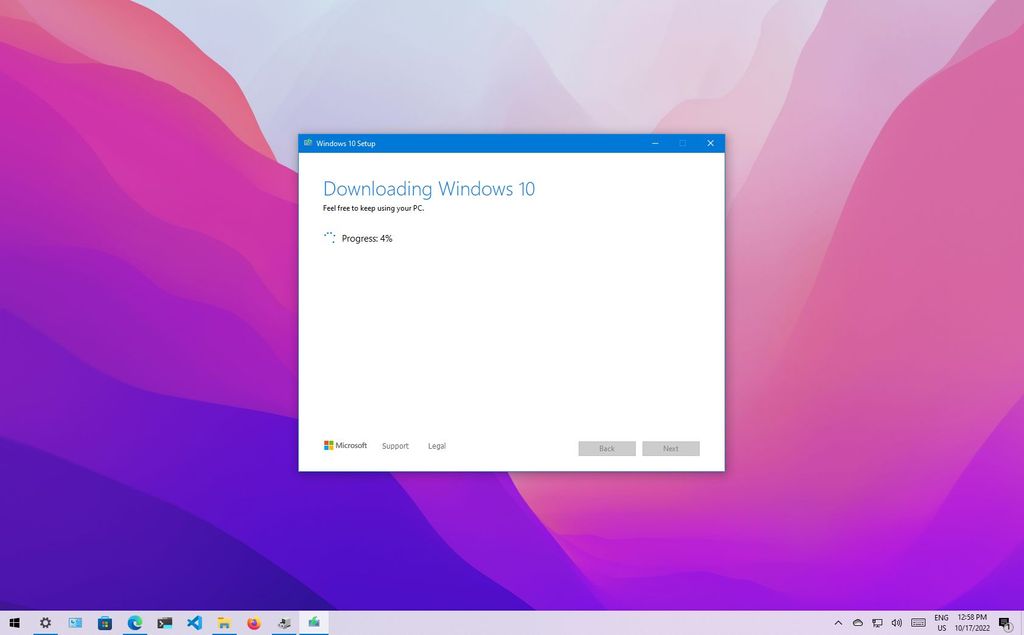


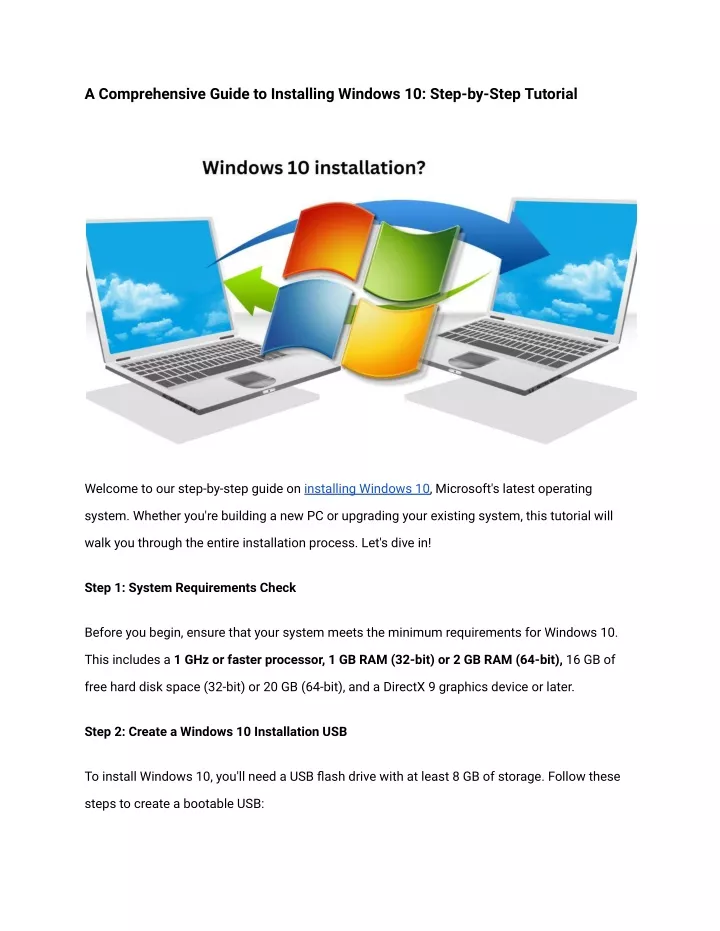
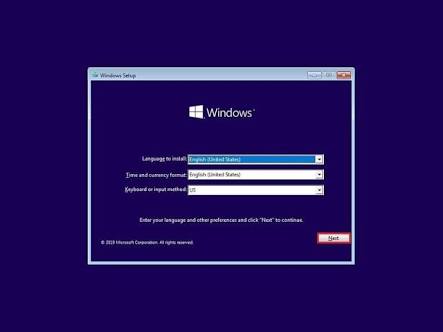

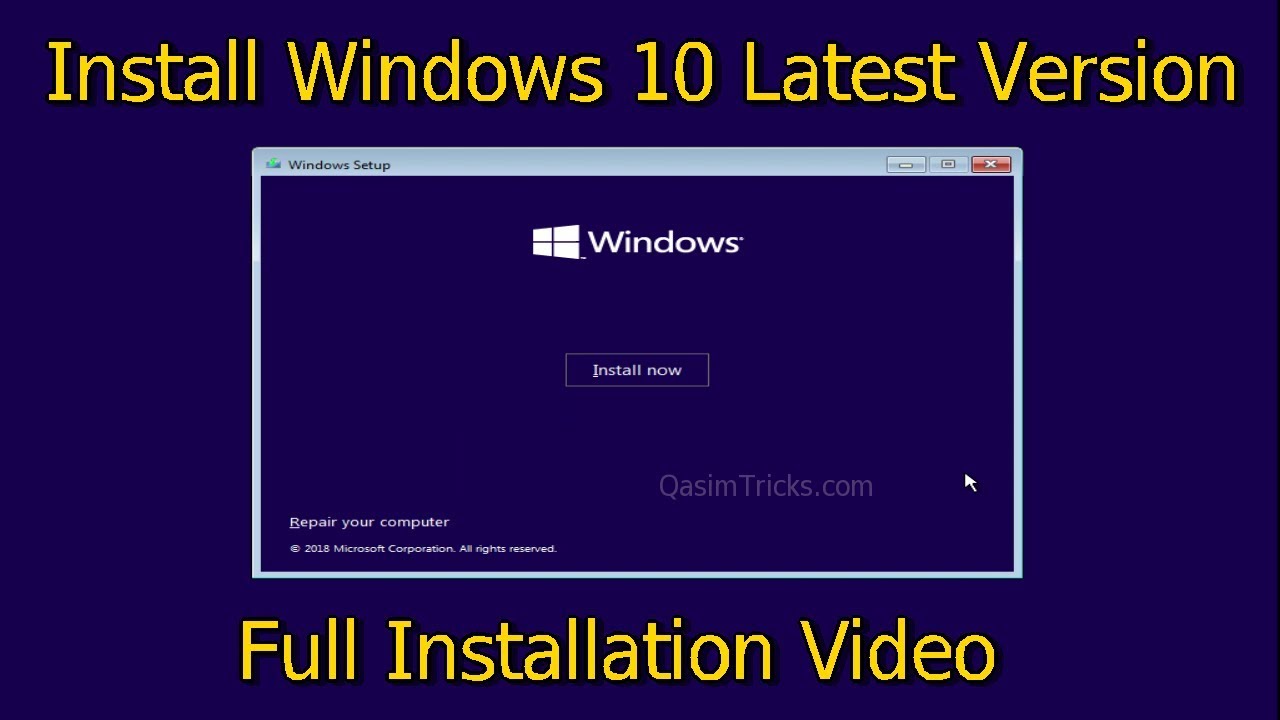

Closure
Thus, we hope this article has provided valuable insights into Installing Windows 10: A Comprehensive Guide to Downloading, Creating Bootable Media, and Performing a Clean Installation. We appreciate your attention to our article. See you in our next article!
2025